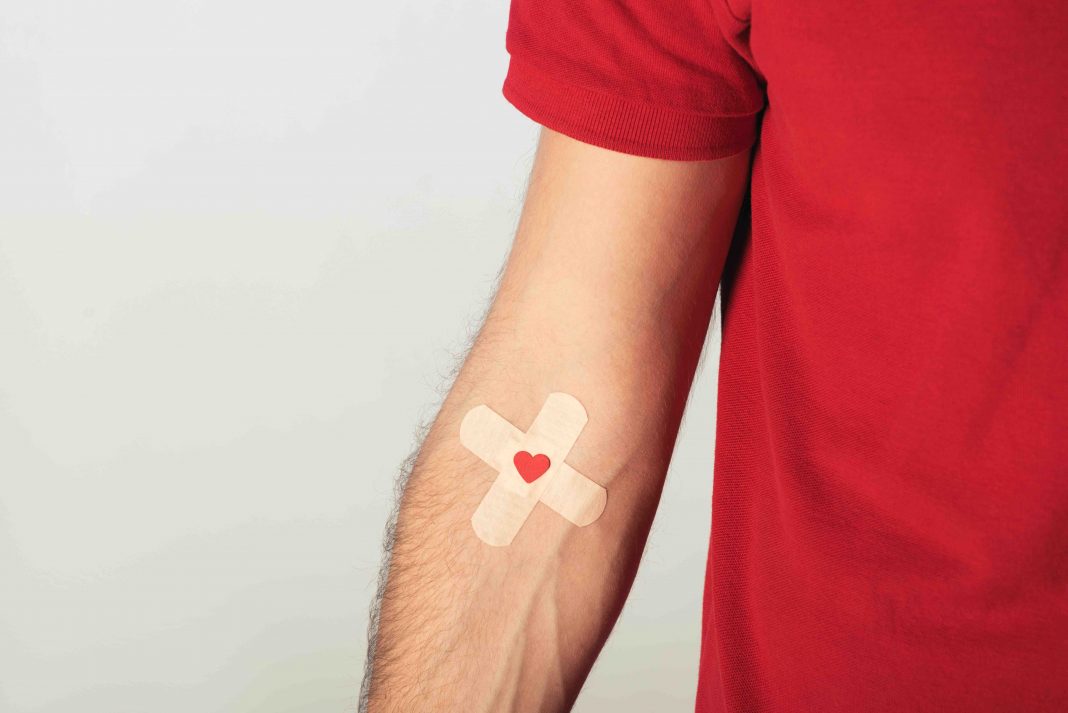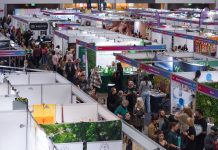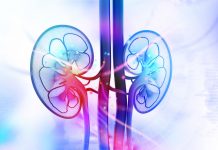From today (25 July) anyone who spent 6 or more months in the UK in the 1980s and 90s will be eligible to donate blood in Australia, with new research showing a virtually zero risk of transmitting the variant Creutzfeldt-Jakob (vCJD) disease (or ‘mad cow disease’) through blood transfusion.
Using a mathematical model developed by the United States Food and Drug Administration (FDA) and adapted for Australia using the Australian Bureau of Statistics and Australian Red Cross Lifeblood data, the researchers estimated the risk associated with removing the restrictions around blood donation eligibility.
“We found that the risk of acquiring vCJD from a blood transfusion in Australia is currently approximately 1 in 1.4 billion, and it will become even smaller over time,” says the Kirby Institute’s Dr Hamish McManus, who coordinated the risk modelling in the research.
“Our modelled projections show that removal of the UK residence deferral is a safe and effective strategy for providing a much-needed boost to the pool of eligible donors, as the potential risk of doing so is extremely low.”
The research looked at a range of scenarios, with varying assumptions about vCJD prevalence, infectiousness, and incubation periods, to determine the risk of vCJD to Australia’s blood supply.
“In all our models, we took a wide range of assumptions and considered worst-case scenarios, and still found the risk to be extremely low,” says Professor Matthew Law, head of the Biostatistics and Databases Program at the Kirby Institute.
Dr Veronica Hoad, Public Health Physician in Lifeblood’s Clinical Services and Research team says Australia has one of the safest blood supplies and decisions around blood donation deferrals are made based on the available evidence at the time.
“The decision to remove the vCJD deferral is based on the fact that our research demonstrated this would not change the blood safety risk, but it will mean a welcome boost to the number of people who are eligible to make lifesaving blood donations in Australia,” she says.
The research comes from the Kirby Institute at UNSW Sydney and Australian Red Cross Lifeblood and was funded by the NSHMRC’s Partnership Projects scheme.






